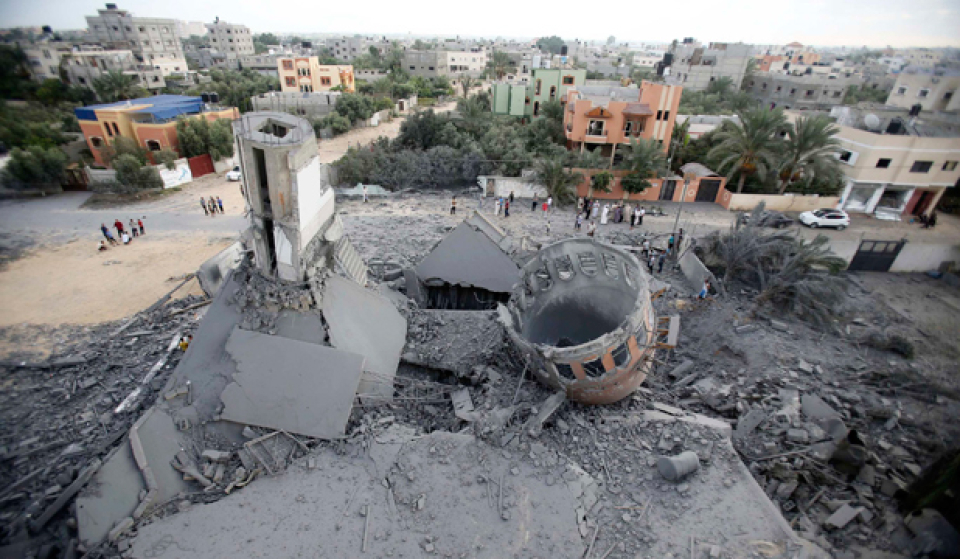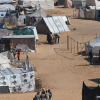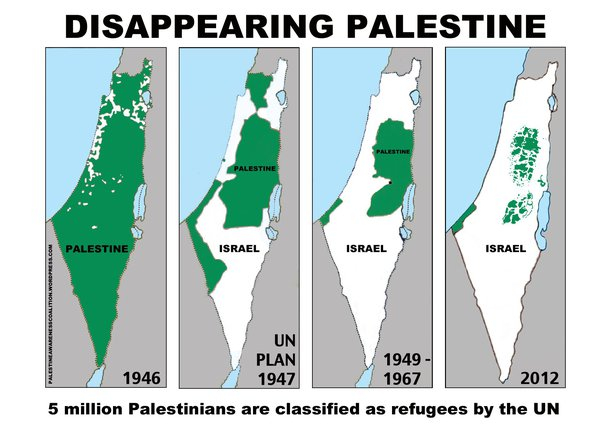In the early hours of October 30th, US warplanes conducted airstrikes near the Syrian-Iraqi border, focusing on a group of civilian trucks that had crossed through the Al-Bukamal crossing. According to local sources cited by Al-Mayadeen news outlet, the American fighters unleashed seven missiles against the trucks, which were believed to be carrying materials related to electricity, batteries, and construction products.
This marks the second US attack against Syria since the onset of the Gaza-Israel conflict on October 7th. During this period, the United States has been intensifying its presence in the region, with its bases and troops facing increased threats in both Iraq and Syria.
On October 27th, the Pentagon announced midnight air raids in Syria's Deir Ezzor governorate, reportedly targeting two storage facilities associated with Iran's Islamic Revolutionary Guard Corps (IRGC). The US Defense Secretary, Lloyd Austin, stated that these strikes were in response to a series of ongoing and largely unsuccessful attacks on US personnel in Iraq and Syria by militia groups.
In retaliation for the US airstrikes on October 30th, 15 missiles struck the US military base in Syria's Al-Omar oilfield, which is under US occupation. Since October 17th, US occupation bases in Syria have been subjected to daily attacks, resulting in at least one US contractor fatality and numerous service members injured. These attacks are carried out in support of the Palestinian resistance and in protest against US backing for Israel and its actions in the Gaza Strip.
Notably, US bases in Iraq, including Ain al-Assad and Harir, have also been repeatedly targeted, as have US bases in Syria, such as Al-Tanf and Conoco. The majority of these attacks have been claimed by the Islamic Resistance in Iraq, a coalition comprised of several Iraqi resistance groups with ties to Iran's Islamic Revolutionary Guard Corps (IRGC). This coalition was formed in the wake of Operation Al-Aqsa Flood, which began earlier in the month.

















